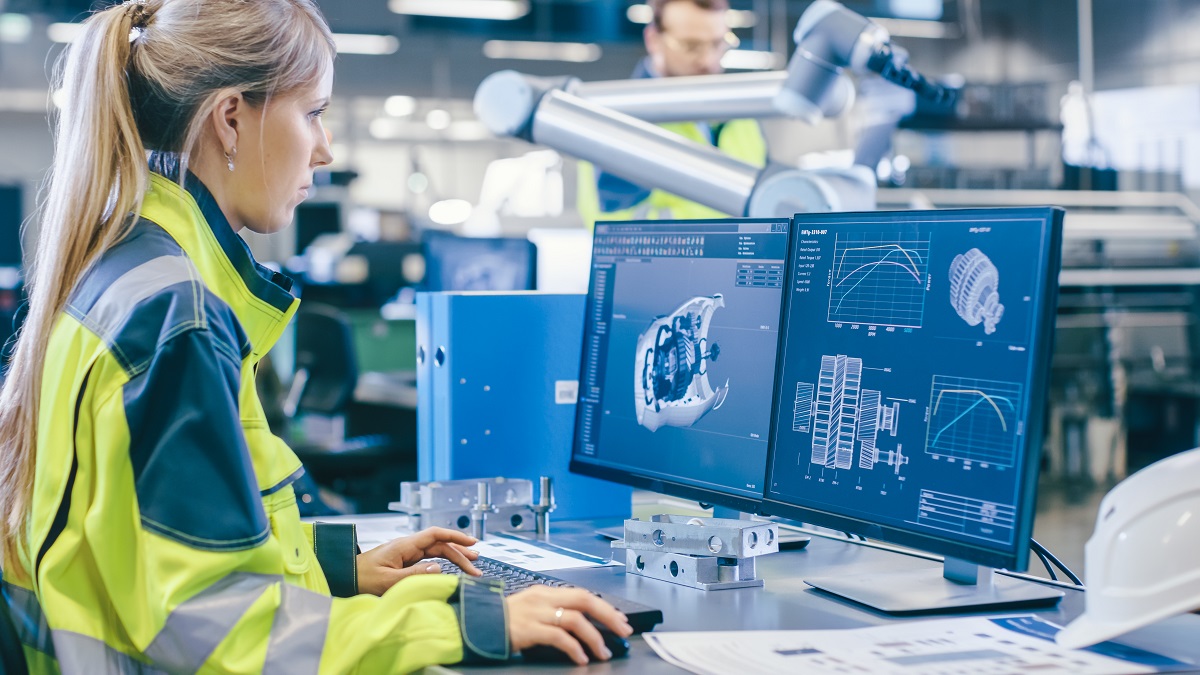Plastic injection molding is a highly versatile and cost-effective manufacturing process that has transformed the way products are created across a wide range of industries. The process involves the injection of a thermoplastic material into a mold under high pressure, which then solidifies and cools to create a finished product.

There are a number of advantages to using plastic injection molding, including its ability to produce complex shapes, consistent quality, low waste production, and the ability to produce large volumes of products quickly and at a competitive cost. As a result, it has become the preferred method of production for a wide range of products such as automotive parts, medical devices, toys, electronic components, and even food containers.
One of the key benefits of plastic injection molding is its ability to produce highly precise and complex shapes with high accuracy and repeatability. This is achieved through the use of specialized molds and equipment that can create intricate designs with very tight tolerances. This level of precision is often vital in sectors such as automotive and aerospace, where small variances in component size and shape can have serious consequences.
Another key advantage of plastic injection molding is its ability to create consistent quality products. As the process is highly automated, it ensures that the final product is of the same high standard each time, regardless of the volume of production. This is particularly important in the medical device manufacturing, where quality control is of utmost importance.
Furthermore, plastic injection molding is a highly efficient process that produces very little waste, as any surplus material can be easily recycled and reused. This not only saves on production costs but also reduces the environmental impact of the manufacturing process.
Looking ahead, the future of plastic injection molding is bright, with new materials, technologies, and techniques constantly being developed. Additive manufacturing, or 3D printing, is one area that is becoming increasingly popular in the industry. While it may not be a direct competitor to injection molding, it is providing new opportunities to create customized products and prototypes in smaller volumes.
Nanotechnology is also set to revolutionize plastic injection molding through the use of nano-sized materials that can be incorporated into the plastic material. This can help to enhance certain properties such as strength, flexibility, and electrical conductivity, opening up new possibilities for product design and manufacturing.
In conclusion, plastic injection molding has had a profound impact on modern manufacturing and looks set to continue doing so into the future. With its versatility, quality, low waste production, and cost-effectiveness, it has become the method of choice for a wide range of industries. As new materials and technologies are developed, it is clear that plastic injection molding will remain an essential technique for creating the products of tomorrow.